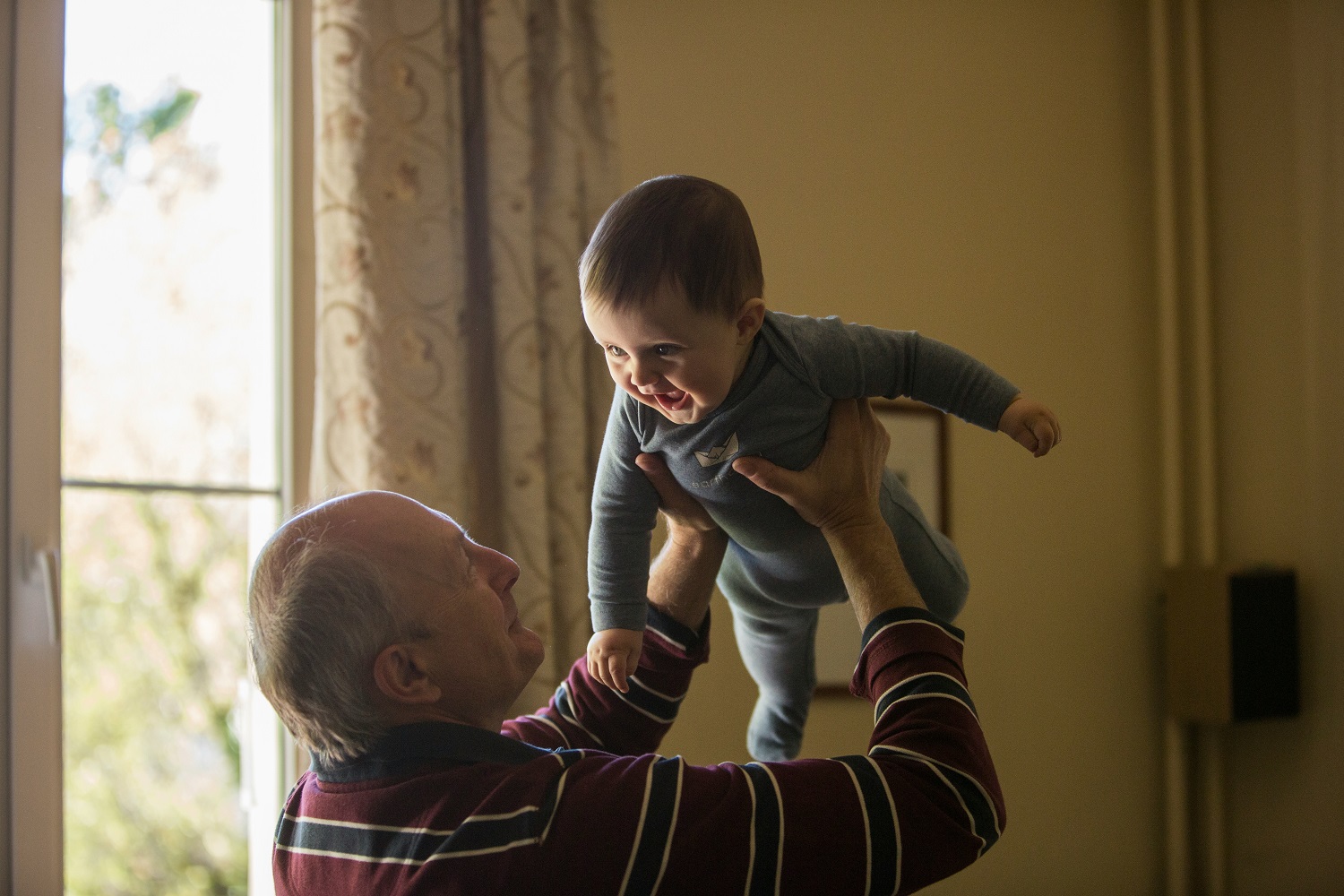
Caring for aging parents comes with a lot of emotional weight, and in Arizona’s unique climate and lifestyle, it adds another layer of complexity. The question isn’t just about whether you can provide care—it’s about whether your home is still the best environment for their well-being. The conversation isn’t easy, but it’s one that many families across the state are having. With Arizona’s scorching summers, sprawling suburban layouts, and healthcare resources that vary widely by region, making the right choice for your family is about more than comfort—it's about safety and quality of life.
The Arizona Factor: How Climate Shapes Care Decisions
Arizona’s blistering heat isn’t just uncomfortable—it can be dangerous for older adults. As people age, their bodies become less efficient at regulating temperature, increasing the risk of heat-related illnesses. This means homes without strong cooling systems, shaded outdoor spaces, or easy access to emergency care might not be ideal. It’s not just about whether the air conditioning works; it’s about whether the environment supports their health year-round.
The dry climate can also exacerbate chronic conditions like respiratory issues or dehydration, which often go unnoticed until they become serious. If your parents are struggling with these health concerns, think beyond the thermostat. Are they drinking enough water? Are they physically active during safer, cooler parts of the day? Is someone nearby to monitor changes in their health when temperatures hit triple digits?
When Familiar Spaces Become Risky
There’s comfort in the familiar, but that doesn’t always equal safety. Many elderly parents with dementia, for example, thrive on routine, but the same home they’ve lived in for decades may now present hidden dangers. Slippery bathroom floors, uneven outdoor pathways, and even the simple act of managing household tasks can become hazards.
Arizona homes often feature tile flooring, open layouts, and minimal carpeting—all beautiful, but potentially treacherous for those with mobility issues. Stairs, pools, and desert landscaping with sharp rocks or cacti pose additional risks. Adapting the home can help, but sometimes even extensive modifications aren’t enough. If you find yourself constantly worrying about falls, medication management, or wandering, it may be time to reevaluate the living situation.
Balancing Independence with Supervision
No one wants to feel like they’re stripping their parents of independence. In fact, many older adults resist the idea of leaving their home because it symbolizes autonomy. The key is to frame the conversation around enhancing their freedom, not limiting it. Moving to a space designed for their needs can actually expand their ability to engage with life, not confine them.
In Arizona, with its vibrant retirement communities and active senior culture, options abound. From age-restricted neighborhoods in Sun City to apartment-style living in downtown Phoenix, there are living arrangements that offer both independence and support. It’s not about “putting them somewhere.” It’s about finding a place where they can live fully without the daily risks that come with an ill-suited home environment.
When Caregiving at Home Stops Working
Family caregiving is an act of love, but it can also be overwhelming. If you’re juggling your own career, raising children, and managing your parents’ needs, burnout isn’t just possible—it’s likely. Signs that caregiving at home may no longer be sustainable include constant exhaustion, declining health in the caregiver, and strained family relationships.
Arizona’s healthcare landscape can be both a challenge and a resource. Urban areas like Phoenix and Tucson offer more access to specialized medical care, while rural regions may lack those same resources. If your parents require frequent medical appointments, therapies, or emergency interventions, proximity to care becomes a major factor. Sometimes, relocating isn’t about preference—it’s about necessity.
Exploring the Right Options: It’s Not One-Size-Fits-All
Finding the right living arrangement isn’t about a one-size-fits-all solution. It’s about matching your parents’ evolving needs with the right support system. For some, that might mean downsizing to a smaller, more manageable home closer to family or healthcare providers. For others, it could mean transitioning to assisted living, whether that’s a facility with memory care in Phoenix, Scottsdale, or Tempe.
These facilities aren’t the sterile, institutional spaces many people fear. Modern memory care and assisted living communities in Arizona focus on creating vibrant, engaging environments tailored to cognitive and physical needs. They offer social activities, specialized therapies, and around-the-clock support designed to enhance quality of life—not diminish it. Touring these facilities can help shift the narrative from “losing independence” to “gaining support.”
Making Peace with the Decision
Deciding where your aging parents should live isn’t just a logistical choice—it’s an emotional one. It’s okay to feel conflicted. The goal isn’t to find a perfect solution because that might not exist. It’s to find the best possible balance between safety, independence, and quality of life.
In Arizona, where the environment can be both beautiful and challenging, that decision carries even more weight. But with thoughtful planning, open conversations, and a willingness to adapt, you can make choices that honor both your parents’ needs and your own capacity to care. The right environment isn’t just where they live—it’s where they thrive.
